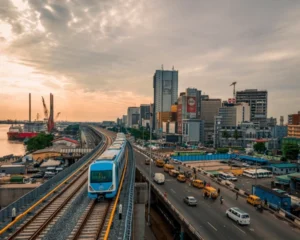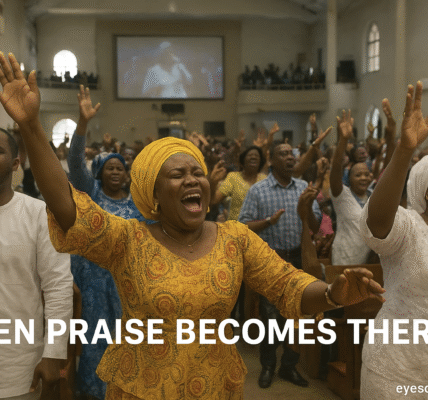Just across the waters from the multimillion-naira estates of Lekki lies a completely different world—Refuge Island, a hidden lagoon community where over 2,000 residents live without electricity, clean water, roads, schools, or healthcare. Eyes Of Lagos reports,
In a city that hosts Africa’s most ambitious smart city projects and billion-dollar real estate ventures, how can a place like Refuge Island still exist?
This is the human story Lagos has ignored for too long.
📍Where Is Refuge Island?
Refuge Island is tucked along the Lagos Lagoon, a short canoe ride from the shores of Lekki Phase 1 and Ikoyi. Despite being barely 5 kilometers from some of Nigeria’s richest neighborhoods, it is completely disconnected from the city’s infrastructure.
Most Lagosians don’t even know it exists.
⚠️ Life Without the Basics
Refuge Island residents survive without:
-
Electricity: They rely on fuel-powered generators—when they can afford them.
-
Potable water: Drinking water is fetched from shallow wells or filtered through cloth.
-
Roads or transportation: Wooden boats and canoes are the only means in and out.
-
Healthcare: No clinics, no pharmacies, and no emergency services.
-
Education: The only school was shut down due to a collapsed roof and unpaid staff.
“There is nothing here… We are forgotten,”
— Yinka Banjo, local elder and fisherman
🌉 One Bridge Away from Billionaires
On the mainland, Lekki is expanding vertically—gated estates, mega malls, and luxury apartments. The Lagos-Calabar coastal highway is under construction, just a few kilometers away. Yet, Refuge Island hasn’t received any government aid in decades.
“They come during elections and leave after counting votes,” says Mama Ronke, a trader and single mother of four.
Despite generations of loyalty to Lagos politics, many residents feel used and discarded.
🧒🏾 The Children of the Island
Dozens of children roam the island daily. Some walk over an hour across shallow waters to attend school on the mainland. Others never return. Education is inconsistent at best, absent at worst.
Many of the island’s youth are becoming climate refugees—migrating inland as flooding worsens.
🔊 The Silence of City Planners
Urban planners and academics have long warned that Lagos is creating “two cities in one”—one of gleaming towers and tech hubs, the other of swampy isolation and invisible citizens.
Dr. Taibat Lawanson, an urban development scholar at the University of Lagos, puts it bluntly:
“Communities like Refuge Island are excluded by both geography and policy. They are invisible on maps, and invisible in budgets.”
🧭 What’s Next for Refuge Island?
The Lagos State Government has remained largely silent on Refuge Island, but civic activists are demanding:
-
Inclusion in official city planning documents
-
Mobile clinics and temporary schooling centers
-
Solar power installations as quick-start relief
-
Flood prevention measures to prevent displacement
-
Eco-tourism development—the island has scenic views and artisanal potential







